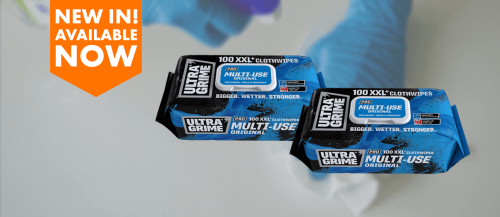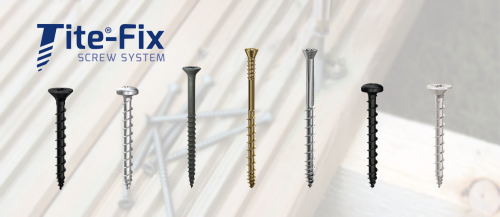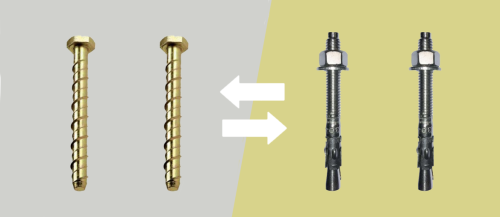This site uses cookies to help deliver its services and analyse traffic.
Stainless Steel – who was the inventor behind this popular alloy?
Stainless steel was originally invented by Harry Brearly. Harry was born in 1871 and left school at the age of 12 after a childhood beset with poverty and hardship, to take on a job cleaning bottles in a chemical laboratory. In the following years, Harry attended night school and private study and was soon to become an expert on the field of analysis of steel and its production.
In 1908, having by now firmly established his reputation for solving metallurgical problems, Harry was offered the opportunity to set up Brown Firth Laboratories to pursue an incredibly innovative idea for the time; research into the problems of making steel.
In 1912, a small arms manufacturer approached Harry to assist with the problems they were having with parts of a rifle barrel eroding away, resulting in Harry looking for steel with increased resistance to erosion, rather than corrosion. As part of his investigation, he experimented with steels that had chromium in their make-up, as they had a higher melting point than regular steels. Subsequently, a number of different melts of 6 to 15% chromium with differing carbon contents were made. It wasn’t until the summer of 1913 that the first stainless steel that we know of today was melted and contained 0.24% carbon and 12.8% chromium.
Harry parted company with his employers over the patent rights to his invention of stainless steel, and he subsequently joined Brown Bayleys, another Sheffield-based company. His replacement at the Brown Firth Laboratories was Dr W. H. Hatfield, who is credited with the invention in 1924 of 18/8 stainless steel (18% chromium, 8% nickel) which, with various additions, still dominates the melting of stainless steel today. Dr Hatfield was also credited with inventing 18/8 stainless with titanium added, now known as 321.
The majority of the standard grades of stainless steel that are still in use today were invented in the period 1913 to 1935. Stainless steel is now widely used across the globe for a multitude of purposes, from a simple screw or bolt, to automotive and aerospace applications.
Latest from BS Fixings
Banish the Grime in a Swipe: New UltraGrime Pro Multi-Use Clothwipes!
At BS Fixings, we understand that when you’re knee-deep in your trade, the last thing you want to worry about is the mess. That’s why we’re excited to introduce a...
Continue readingIntroducing Tite®-Fix at BS Fixings
BS Fixings is proud to introduce yet another brand to our lineup - Tite®-Fix! This brand offers a range of high-quality screws designed for various applications, from tongue & groove...
Continue readingNew In! Rawlplug’s R-KEM2 Polyester Styrene-Free Resin
We're pleased to share something special with you – the Rawlplug R-KEM2 Polyester Styrene-Free Resin 300ml has just landed at BS Fixings! This ingenious resin is designed for use in...
Continue readingWhich Types of Screw are Best for Outdoor Use?
At BS Fixings, we understand the challenges posed by the great outdoors, especially when it comes to decking, fencing, installing outdoor ironmongery or even assembling garden furniture. That’s why we...
Continue readingHow Do I Choose the Right Size Drill Bit for a Wall Plug?
In this blog, we’re going to tackle another common question we hear in our community – how do I choose the right size drill bit for a wall plug? Choosing...
Continue readingWhat’s the Difference Between an Anchor Bolt and a Through Bolt?
When it comes to securing anything from the lightest of fixtures to the heftiest of machinery, the importance of choosing the right bolt cannot be overlooked. It’s the kind of...
Continue reading





